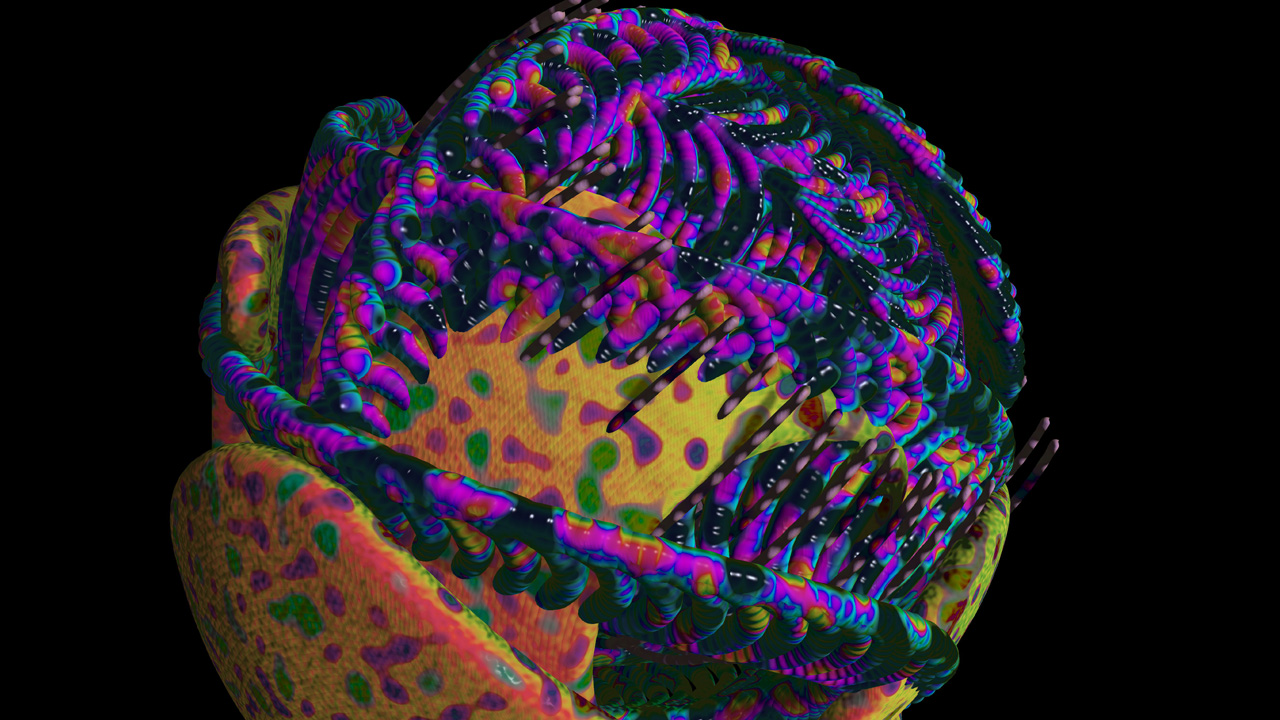Currently on view in London, the exhibit Automatic Art presents a retrospective of art created according to formal rules of mathematics.
The exhibition presents 50 years of British art that is generated from strict procedures. The artists make their work by following rules or by writing computer programs. They range from system-based paintings and drawings to evolving computer generated images.
The show, curated by interactive artist Ernest Edmonds for GV Art in London, deals with the ongoing conversation between the two fields, as art becomes immersed in technology and vice versa.
The New Scientist pointed out some of the unique artifacts presented in the show:
But the most important piece is not art at all. Pinned under glass, it is a 1973 academic paper entitled “The Creative Process Where the Artist is Amplified or Superseded by the Computer”, in which Edmonds and his co-author Stroud Cornock conjured a vision of how this art might develop once harnessed to computers.
They argued that the artist would become a sort of gardener, setting the initial conditions for a work’s growth, then pruning and tending it. Meanwhile, the audience would interact with the art, exploring, choosing or discarding possibilities at will. This vision is realized by at least one screen-based piece, Human Mutator2 by William Latham, which evolves as spectators move.
In the practice of contemporary process artists, “visualisations, artworks and games share platforms and procedures,” the New Scientist also pointed out. “Distinctions can still be made, but are not interesting.” “Automatic Art: Human And Machine Processes That Make Art,” Jun 5 – Sep 10, GV Art, London. (Images: GV Art)



